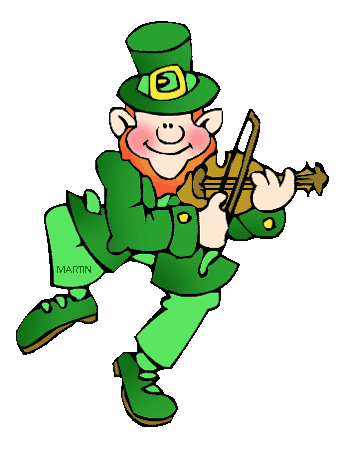Both the Irish and the Scottish share a rich history of fiddle music, and to the untrained eyes and ears it is often difficult to grasp the differences between the two types of fiddling. It's sort of like hearing one language but with two very distinct accents.
There are many tunes that you may think are Irish,  which are in fact Scottish, and vice versa. This is due to centuries of intermingling between the two cultures. A perfect example of this is Mrs. McCloud’s Reel, which is popular in Ireland and thought by many to be an Irish reel, but in fact, it came from Scotland and was originally called Mrs. MacLeod’s Reel.
which are in fact Scottish, and vice versa. This is due to centuries of intermingling between the two cultures. A perfect example of this is Mrs. McCloud’s Reel, which is popular in Ireland and thought by many to be an Irish reel, but in fact, it came from Scotland and was originally called Mrs. MacLeod’s Reel.
As for the types of tunes played by Irish and Scottish fiddlers, jigs, reels and hornpipes are common among both, but a strathspey is a distinct type of Scottish traditional dance tune that originated in the Scottish Highlands. Click here to watch a video of a strathspey being played.
To make things even more complicated, Irish and Scottish fiddling can vary greatly between regions within each country. For example, there are regions within Ireland, such as county Donegal, that play fiddle music that is more attuned to the Scottish style. In Scotland, fiddling in the Shetland region and the northeastern region differ from fiddling in the Highlands. There is also the island of Cape Breton in Nova Scotia, Canada, that was settled by Scottish Highlanders, and has its own unique style of fiddling that is similar to that of the Scottish Highlanders. Click here to watch a video of one of Cape Breton's most famous fiddle players, Natalie MacMaster.
Now let’s get down to the nitty gritty details and take a look at Irish and Scottish fiddle ornamentation, which when used with specific rhythmic patterns, can be used to distinguish one type of fiddling from the other.
A lot of fiddle ornamentation is based on the use of grace notes to mimic the sound of bagpipes. Grace notes are used extensively in bagpipe music because unlike other wind instruments, where the flow of air is controlled by one’s mouth or tongue, the chanter of the bagpipe is supplied with a continuous flow of air from the bag. Grace notes are the only way to add any distinguishing characteristics between two notes of the same pitch, played one after another.
Ornamentation on a fiddle can be broken down into left hand ornamentation and bowing (or right hand) ornamentation. Some people will say that Irish fiddling focuses more on the use of left handed ornamentation, while Scottish music relies more on the use of the right arm or bowing arm.
Several kinds of left hand ornamentation are the cut, the hammer on, the roll and the slide.
The cut (Irish) is where two notes of the same pitch are interrupted by a grace note. The grace note is usually one pitch higher than the written note and is played with a slurred bow instead of two different bows.
The hammer on (Scottish) is similar to the Irish cut, but the grace note is more distinguished and is usually played with more emphasis than the cut.
The roll (Irish and Scottish) is a sequence of 5 notes, a main note ornamented by 4 grace notes, all slurred together, and usually used as a rhythmic ornament as opposed to a melodic ornament. For example a 1st finger roll would contain the pattern of 13101, and 2nd finger roll would contain pattern 23212. Rolls are often played with variations on these patterns. Click here to watch a video of Irish fiddleer, Eileen Ivers, in which she beautifully illustrates the use of rolls as well as numerous other fiddle techniques.
The slide (Irish) is often used at the beginning of a tune, or phrase within a tune, and it is when the player slides into the main note from a whole or half note below it. This often gives Irish fiddling its soulful color.
A common bowing ornamentation in Irish and Scottish fiddling is the bowed treble (Irish) or the birl (Scottish), which is a triplet that is often played so fast that you can barely even see it being executed. This is especially true for the Scottish birl. The birl is usually played with a down-up-down bowing and most easily at the top half of the bow, but experienced fiddlers can play birls with an up-down-up bowing and fire them off on any part of the bow.
If your looking for lively discussions on the web about Irish and Scottish fiddling then be sure to check out The Session website. The Session is a fun site full of recordings, events and extensive discussions about fiddling that are laced with a touch of Irish humor. Also, if you are a keen on trying to learn any of the techniques I've mentioned, YouTube is littered with tutorial videos on left and right hand ornamentation.



Leave a comment